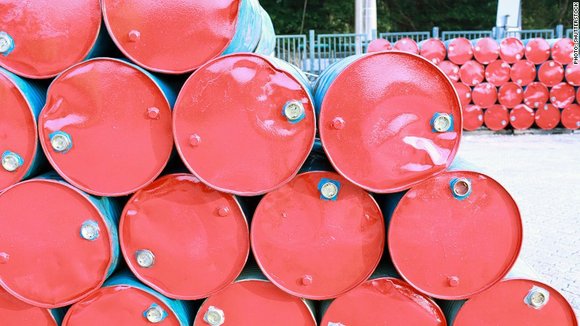Is OPEC Headed For A Showdown With U.S. Shale?
CNN/Stylemagazine.com Newswire | 3/14/2017, 1:30 p.m.

LONDON (CNNMoney) -- Is this the start of OPEC vs. American shale, round two?
A new report from OPEC shows the group slashed production further in February as its members largely fulfilled promises to reduce output. Meanwhile, higher prices are luring American shale producers back into the market.
OPEC production dropped by 139,500 barrels during the month, according to the group's monthly report. Saudi Arabia, the cartel's de-facto leader, cut its production by 68,000 barrels a day compared to January.
For the first time since 2015, the group's total output fell below 32 million barrels a day. That's roughly 500,000 barrels a day below the level OPEC pledged to cut production as part of a six month agreement with other major producers including Russia.
The agreement to cut production, which took effect in January, is designed to support prices by limiting supply.
There are reasons, however, to think the plan is on shaky ground. Higher prices have in recent months helped to lure American shale producers back into the market and some OPEC members have continued to pump above their quota.
U.S. crude production been growing steadily, topping more than 9 million barrels a day in February, according to the U.S. Energy Information Administration. The number of rigs in operation has nearly doubled from May 2016.
A sharp increase in shale production would put OPEC in a bind.
The cartel could return to the strategy it used in 2014 and open the production taps. That would drive prices lower and make U.S. shale operations unprofitable. But it also risks sharply reducing revenue for oil-dependent member states.
The more conventional course would be for OPEC to slash its own production to reduce the supply glut. That, however, would mean convincing Iran and Iraq to throttle back production at a time when they're loathe to do so.
Prices are already moving. Crude futures dropped back below $50 per barrel last week for the first time since December. On Tuesday, they declined as much as 2.2% to trade near $47.30.
For more information go to http://www.cnn.com




